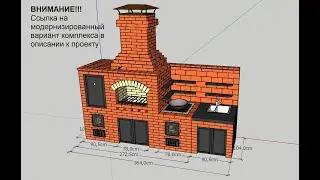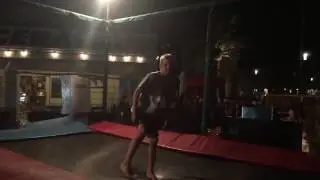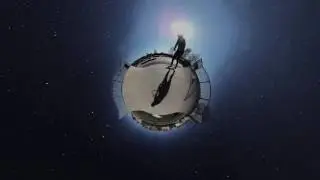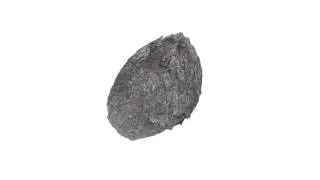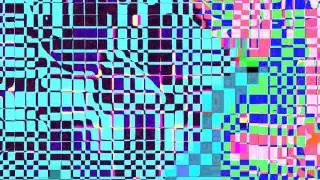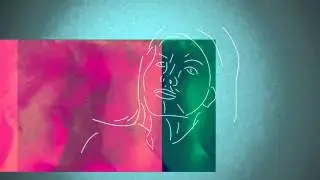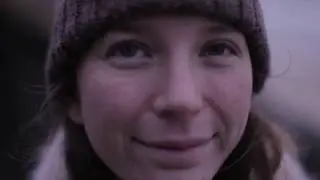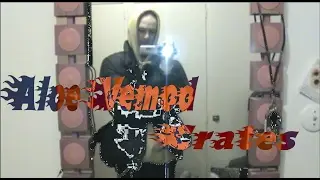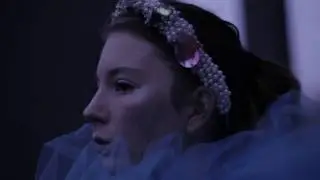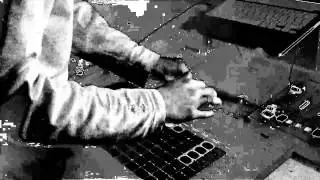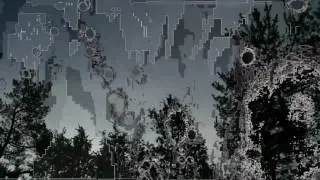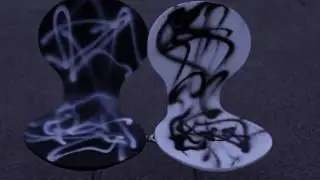Lukas Lundh - I'll miss you
Lukas Lundh Soundcloud
/ lukaslundh
Video by Adam Kimby
Contact: [email protected]
Website: http://0d0f.org
Teramistik
Tera- comes "from a Greek term meaning ‘marvel' or 'monster,' with the sense that this is a huge and marvelous quantity."
Mist: To dim, to cloud, or to obscure: Time has a tendency to mist our memories.
this means, in other words, that the narrative of our own selfness - our selfhood - doesn’t not correlate to traditional storytelling. These stories include complex variables, including our feelings, memories, and thoughts which procedurally generate themselves as we start to engage in storytelling. All of a sudden, storytelling is neither completely coherent not completely lineraly structured, but a tangled mess of a person - fragments of a life.
Ascend!; the monstrous guilt of solitary life
Awaken!; the cracks of timelessness
Again, again, the tissue breaks,
fragility has no order
open the crease,
begin - deceased
what has already been, begun, been brought to death, to life and back again
vice versa and much more,
the life avails for the who conjured patience
these fragments are no longer a choice of wo-man,
but an obligation of the condemned
the broken, amend
free thyself from the error
awaken the mind from the steel
entail thyself within the stellar
interstellar
becoming with, within, cutting apart
farewell, good riddance
Ascend!; the monstrous guilt of solitary life
Awaken!; the cracks of timelessness
-Cecilia Barry
Perceiving is not a matter of passively allowing an organ- say of sight or hearing- te receive a ready made impression from without, like a palette receiving a spot of paint. Recognizing and remembering are not matters of stirring up old images of past impressions. It is generally agreed that all our impressions are schematically determined from the start. As perceivers we select from all the stimuli falling on our senses only those which interests us, and our interests are governed by a pattern-making tendency, sometimes called schema. In a chaos of shifting impressions, each of us constructs a stable world in which objects have recognizable shapes, are located in depth and have permanence . In perceiving we are building, taking some cues and rejecting others. The most acceptable cues are those which fit most easily inte the pattern that is being built up. Ambiguous ones tend to be treated as if they harmonized with te rest of the pattern. Discordant ones tend to be rejected. If they are accepted the structure of assumptions has to be modified. As learning proceeds objects are named. Their names then affect the way they are perceived next time: once labeled they are more speedily slotted into pigeon- holes in the future.
As times goes on and experiences pile up, we make greater and greater investment in our system of labels.
-Mary Douglas, Purity and Danger




